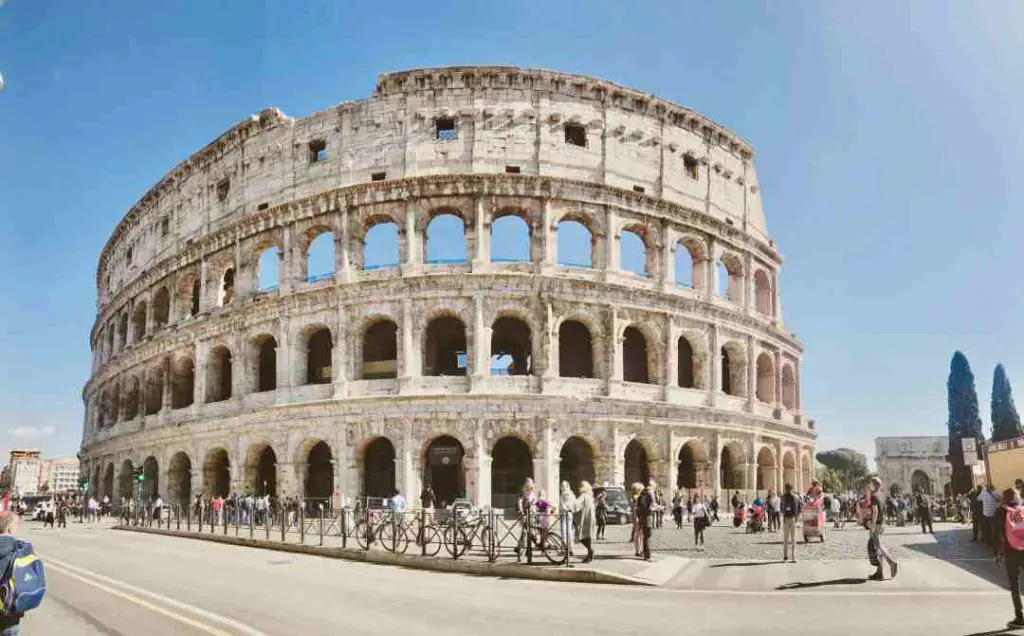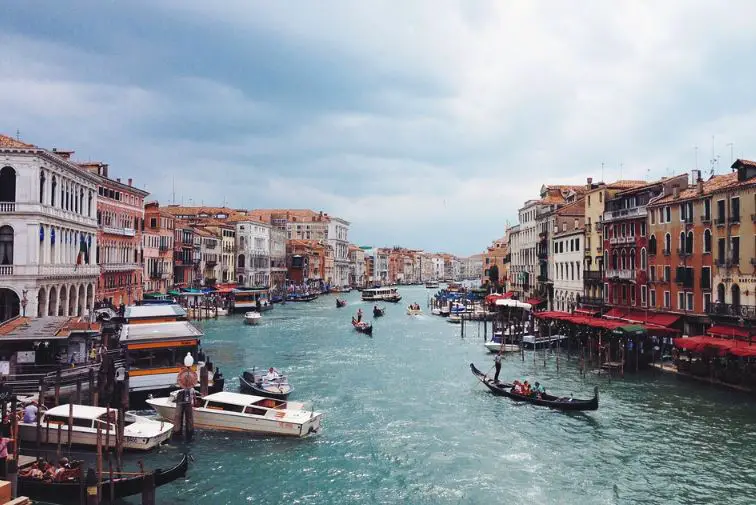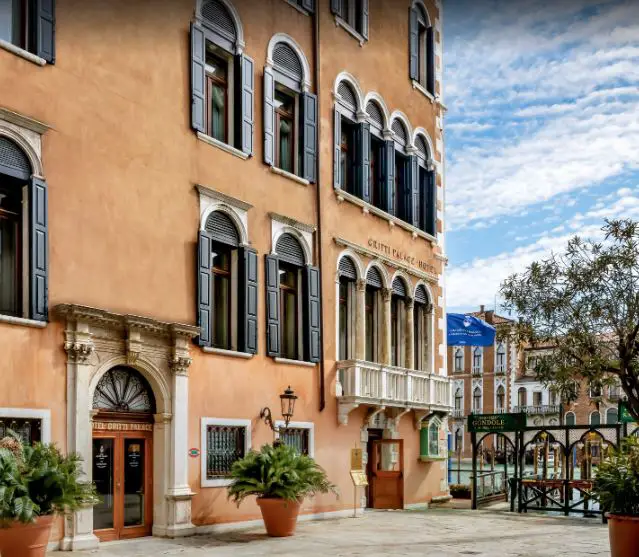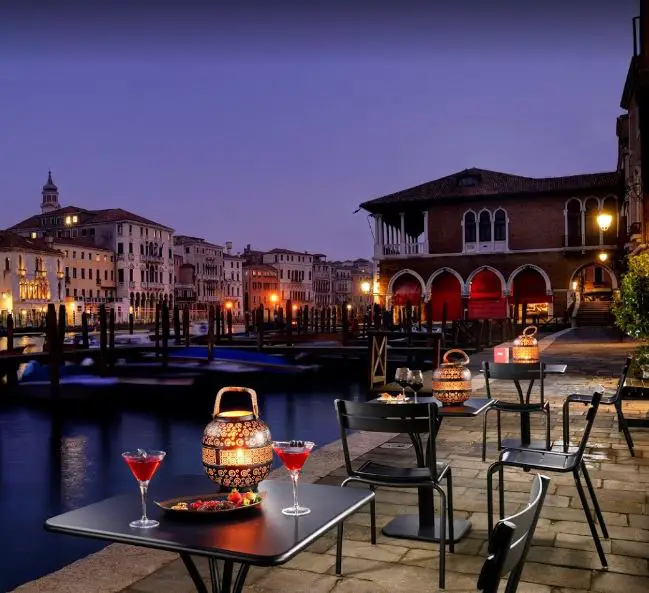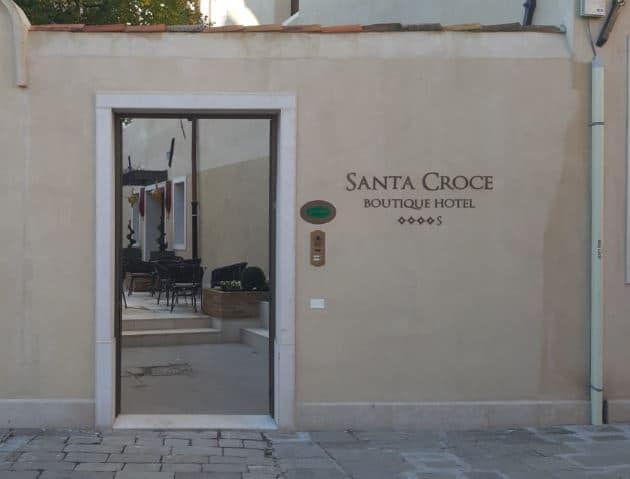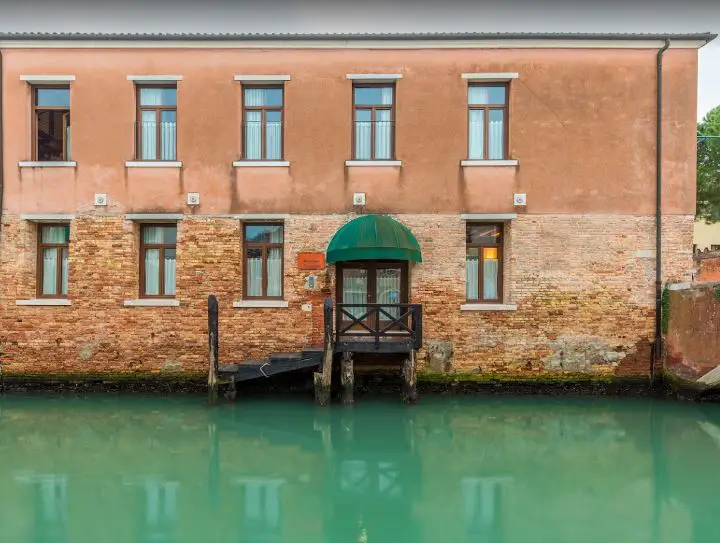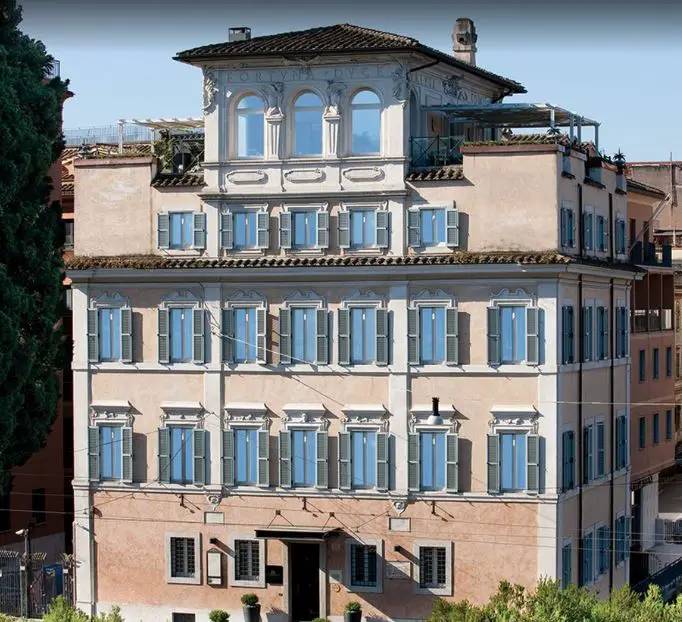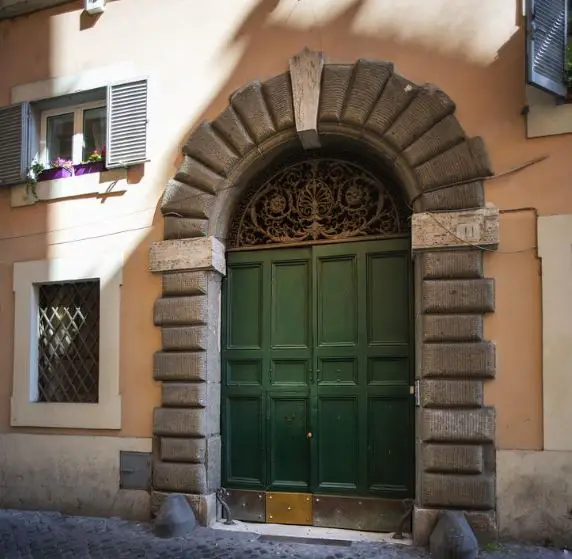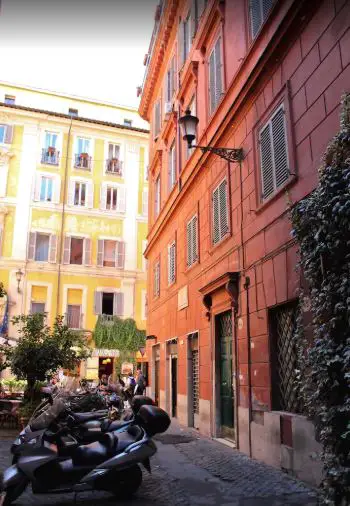Meteora In Greece: Overview,Prominent Features,History,Interesting facts
Overview:
Meteora is an iconic group of monasteries perched atop incredible sandstone rock formations in the Greek region of Thessaly. With magnificent views, stunning architecture, and centuries of religious history, Meteora transports visitors to another time. A UNESCO World Heritage Site since 1988, it's now one of the top tourist attractions in Greece. Meteora began to take shape around 60 million years ago with the formation of the sandstone rocks. Monasteries began appearing in the 9th century, based on a few records and stories. By the 15th century, 24 monasteries had established themselves on the rocks, and the number of monasteries eventually grew to 24. This period of prosperity ended in the 16th century when the Ottoman Empire declared control over the region. The monasteries were forced to close shortly thereafter, beginning a period of decline that lasted for centuries. In the 1920s, a new period of Meteora growth began when the monasteries were restored and opened to the public. Today, only 6 of these monasteries remain, allowing visitors to experience the incredible Meteora landscape and explore the Greek Orthodox religion and culture that these monasteries represent. It is one of the most beautiful monuments in Greece
Prominent Features:
1. Monasteries: Meteora is home to the Meteora Monasteries, a series of six stunning cliff-top monasteries perched on striking, massive sandstone pillars. 2. Unique Geology: Meteora owes its unique landscape to hundreds of millions of years of geological transformation, erosion, and landslides. 3. Incredible Viewpoints: With its vertiginous landscape, Meteora is home to some breathtaking viewpoints. 4. Iconic Hikes: If you’re feeling ambitious, the Meteora area has plenty of trails for hikers, ranging from easy day trips to multi-day adventures. 5. Ancient Forests: The area surrounding Meteora is also home to some picturesque forests, perfect for exploring on foot. 6. Beautiful Lakes: To the east of Meteora lies Lake Plastiras, a tranquil artificial lake surrounded by breathtaking scenery. 7. Caves and Caverns: Beneath Meteora lie an intricate network of caves, grottos, and caverns, some of which are large enough to explore. You can learn history, culture, and heritage through these magnificent monuments in Greece.
History:
Meteora is a unique geological formation of sandstone pillars and plateaus rising from the plain of Thessaly in central Greece. Their origin dates back to the post-Miocene era, between 10 and 15 million years ago. At that time, the region was subjected to great tectonic movements, which caused the formation of vertical rock walls with smooth vertical surfaces. Rain, sun, wind, and temperature changes slowly eroded and shaped these walls into their current, majestic form. Humans began occupying the area around 9000 BC. It was not until the 11th century CE, however that monks first established hermitages on the summits of the rocks, from which the name “Meteora” (meaning “suspended in the air”) was derived. The hermitages were built between the 14th and 16th centuries, containing a total of 24 monasteries, which at the height of their prosperity were inhabited by over three thousand monks. Many of the monasteries, such as the Roussanou monastery, are still in use today and many of them have been preserved as part of a UNESCO World Heritage Site. The rocks of Meteora have been a popular attraction in Greece for centuries due to their unique shape and incredible views. They have featured in many works of art and literature throughout the centuries, and are also popularly visited by tourists. Visit one of the famous monuments of Greece with your friends and family.
Interesting facts:
1. Meteora is home to one of the largest and most precipitously built complexes of Eastern Orthodox monasteries in Greece. 2. The complex was designated as a World Heritage Site by UNESCO in 1988. 3. The first hermitage was founded on top of the nearby rock formation in the 14th century by a monk known as Athanasios the Meteorite. 4. The Greek word “Meteora” literally means “suspended in the air” and refers to these incredible monasteries that are precariously perched on top of gigantic pillars of rock. 5. The surrounding landscape of eroded sandstone, coupled with the monasteries, creates a truly spectacular view. 6. The monasteries were built with ingenious engineering that made use of the terrain. 7. In ancient times, visitors had to climb a net or rope ladder that was pulled up after them to gain access to the complex. 8. Today, tourists take a road along the valley and can access the monasteries by staircases built around the rocks. 9. The area that now consists of the Meteora complex was once home to a thriving paleo-Christian community. 10. Ancient Christian hermit cells and churches excavated in the area suggest that monasteries have existed in Meteora since at least the 11th century. One of the historical monuments of Greece, it tells the story of a bygone era
Explore Greece most popular tourist destination with us. Meteora In Greece: Overview,Prominent Features,History,Interesting facts,which is 35.14 km away from Greece main town, is the most popular destination to add in your travel wishlist.
-
City:
Greece
-
state:
Meteora, Greece
-
country:
GR
-
country code:
Greece
-
postcode:
42100
Location:
Meteora, Greece GR
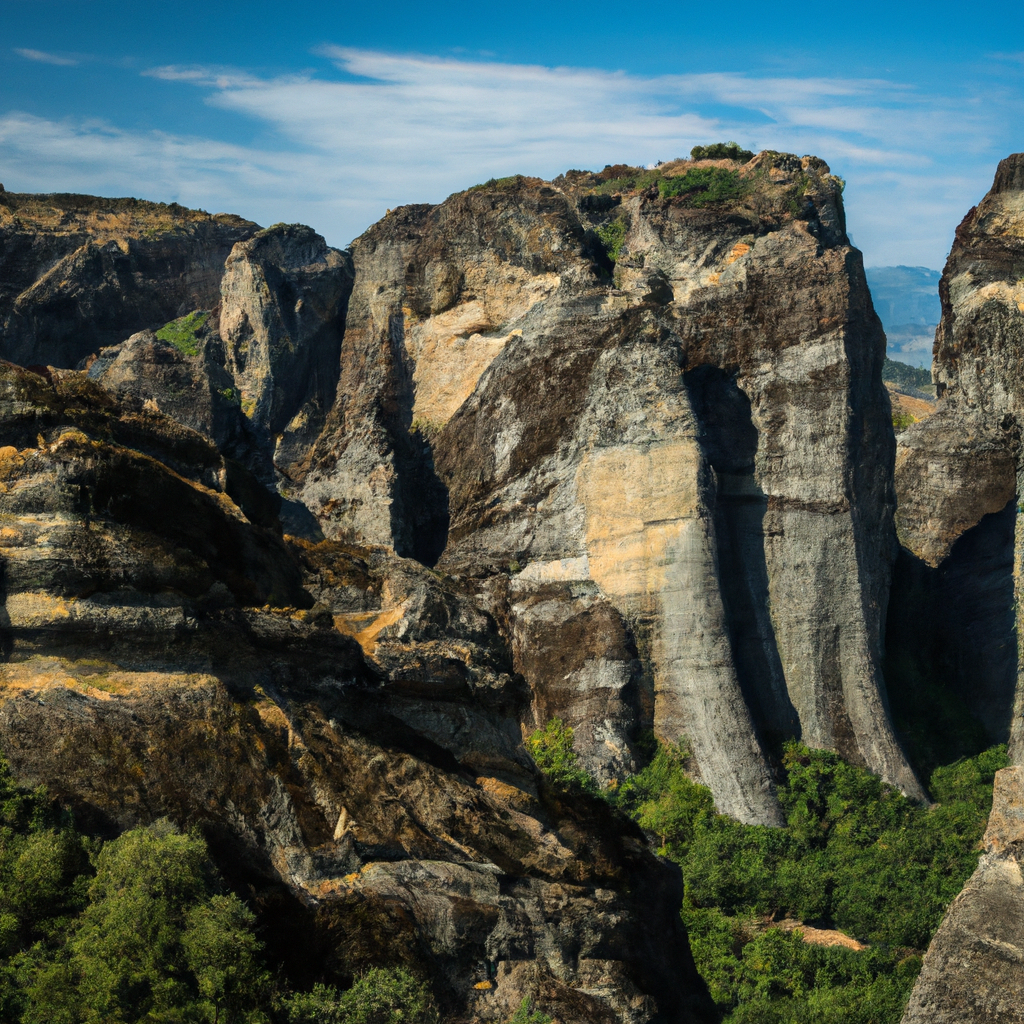
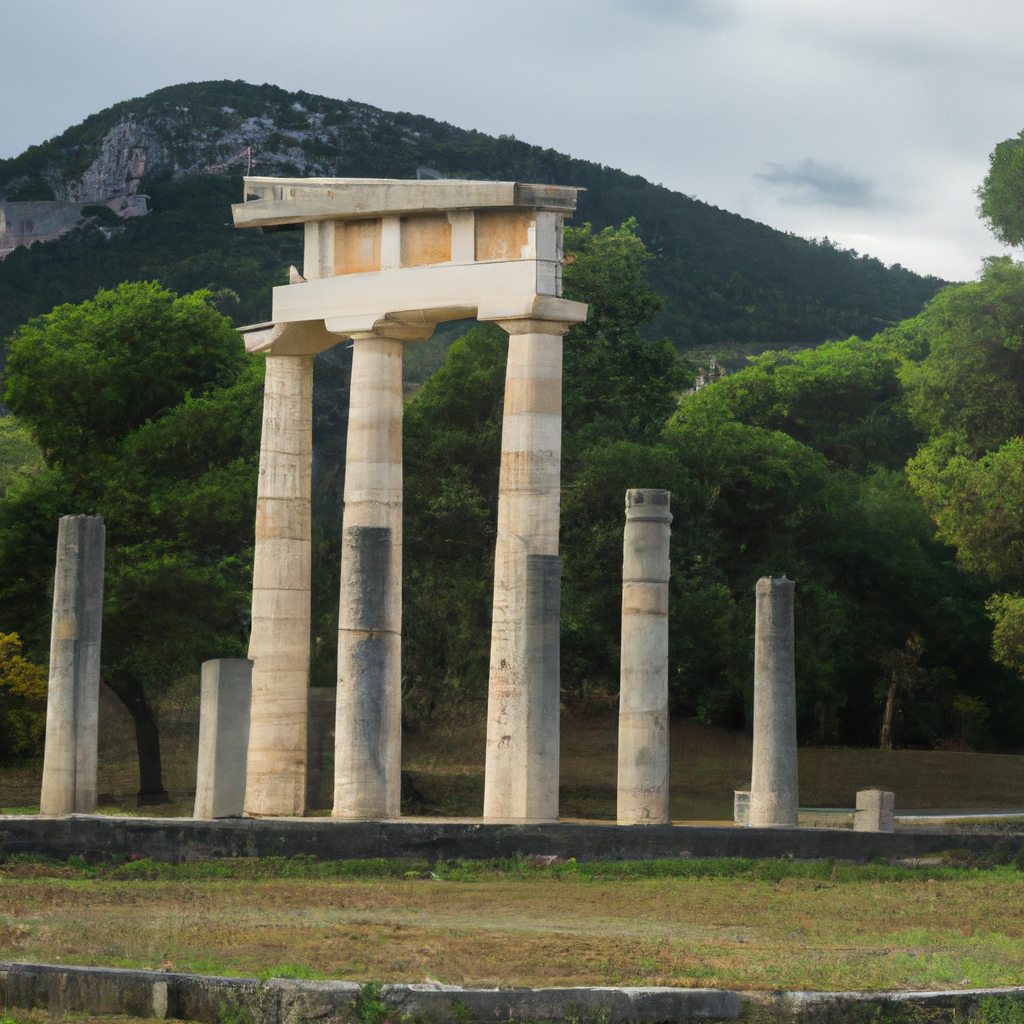
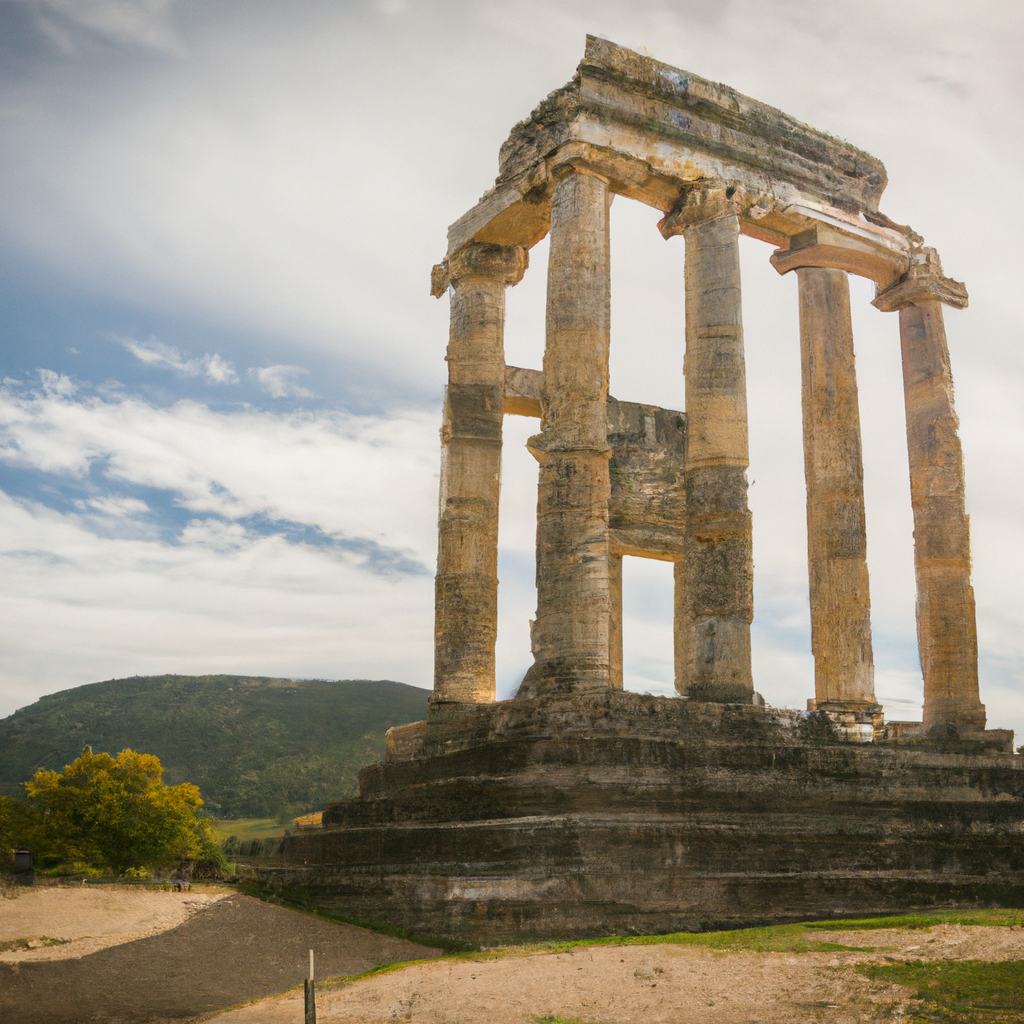
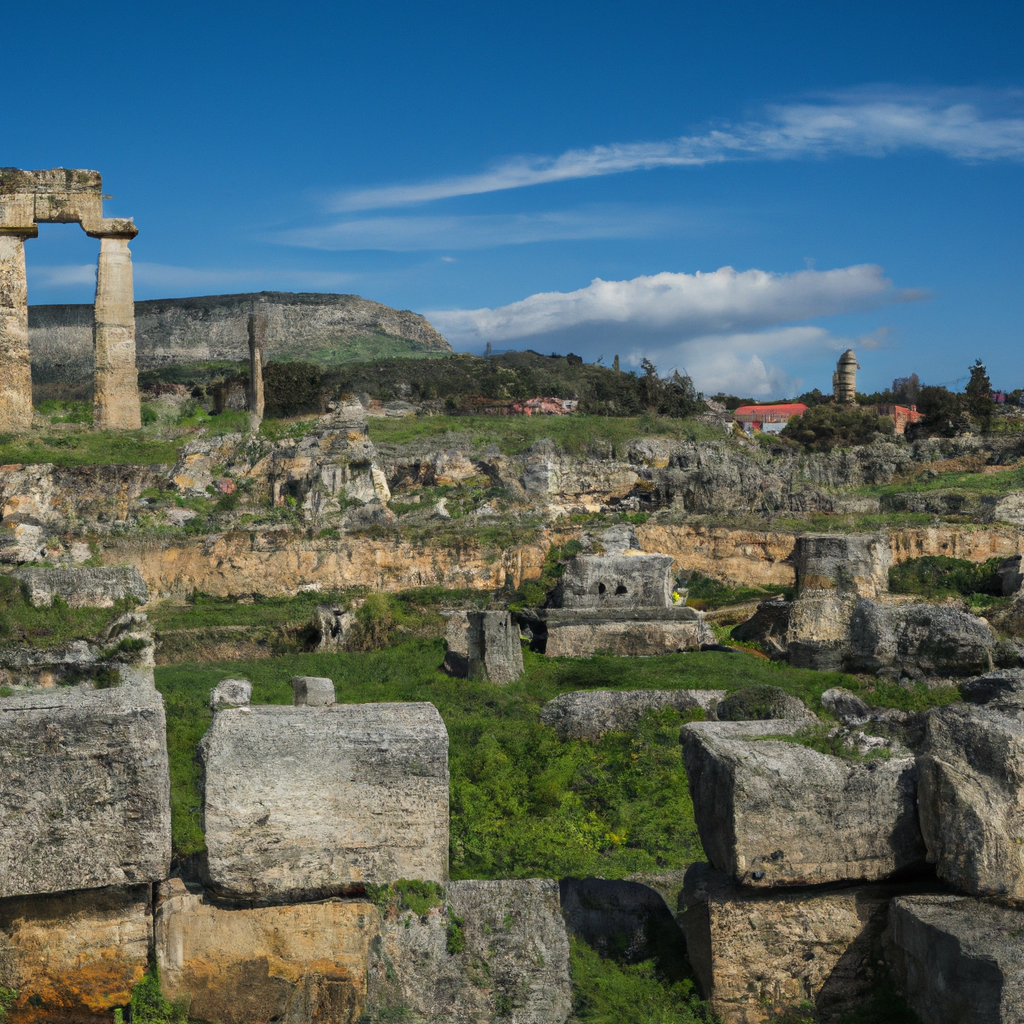
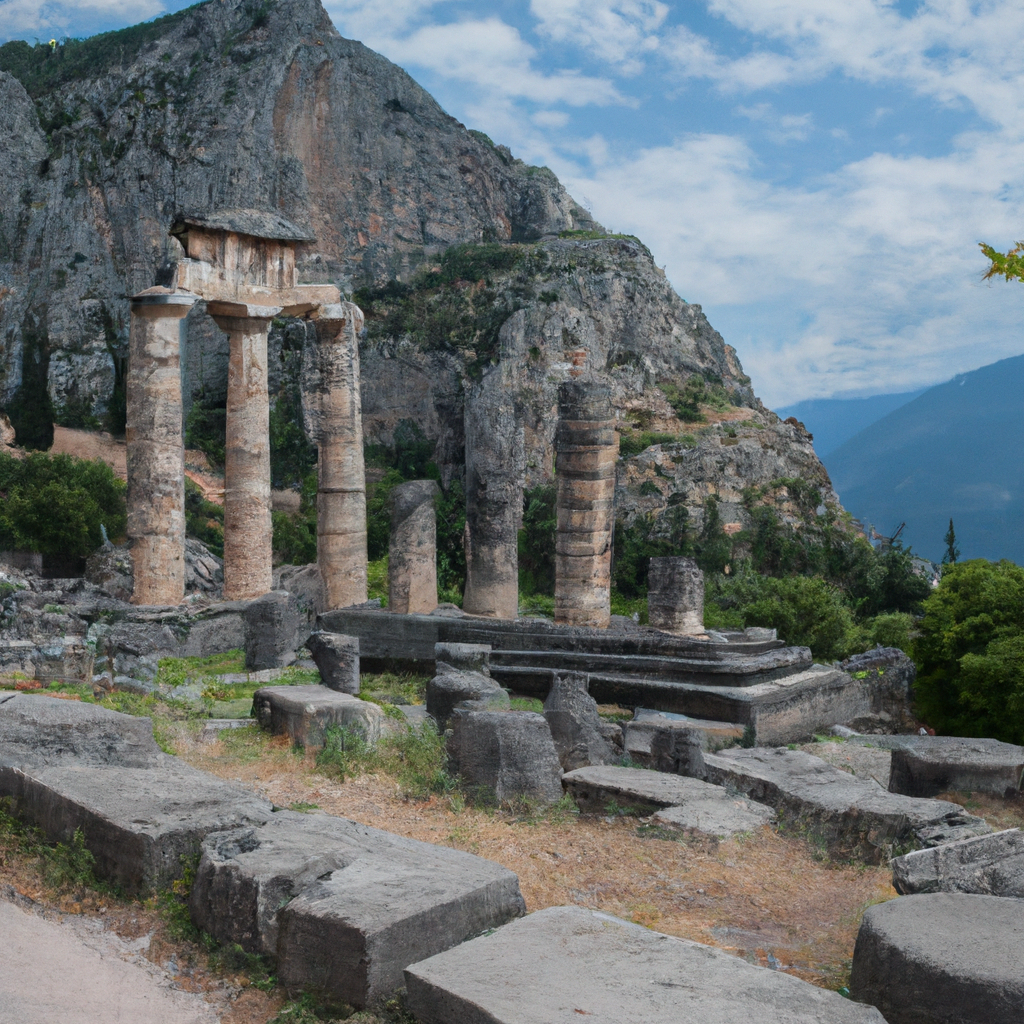
 In Greece.png)

